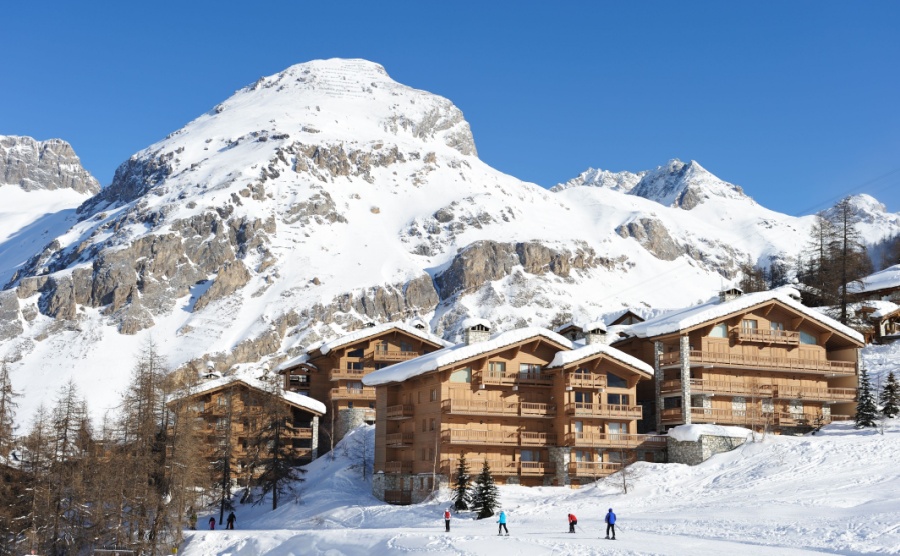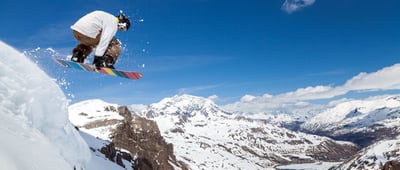The French government’s recent decision to delay the energy rental ban for G-rated properties in mountain regions until 2034 is more than a policy adjustment—it’s a moment of opportunity for prospective ski property buyers.
Whether you’re considering a second home in the Alps or looking for a rental investment in a buzzing winter resort, this reprieve gives you breathing space to enter the market without immediate pressure to carry out costly renovations.
But as ever, the fine print matters.
A much-needed extension in the mountains
Originally set to take effect in 2025, The Connextion reports that the ban would have prohibited landlords from renting out properties with the lowest energy rating—G—under the Diagnostic de performance énergétique (DPE).
In ski resorts across the Alps and the Pyrenees, this would have disqualified a significant portion of existing stock. According to a FNAIM study, roughly 75% of properties in French ski stations fall into categories E, F, or G. In some resorts, such as Valféjus and Le Cirque du Lys, up to 70% of homes are rated F or G.
Given the age and construction style of many buildings – concrete blocks built in the 1970s with poor insulation – the deadline posed a serious threat to rental income, tourism infrastructure, and the local economies that rely on seasonal lets.
Combined with a scarcity of specialist contractors and steep renovation costs (reportedly 30% higher in mountain regions), the upgrade timeline was always a tall order.

Preparation is the key to overcoming hidden costs
What does this mean for buyers?
For investors, particularly those eyeing income from short-term holiday rentals, the extension to 2034 offers a significant advantage.
The extension effectively preserves rental viability for nearly another decade, allowing you to generate returns from older properties that may have otherwise been deemed unrentable.
It also means that entry prices for G-rated homes are unlikely to plummet in the short term, and in fact, prices continue to trend upward in many resorts, even as the national French property market cools.
But don’t mistake the reprieve for a free pass. Over the medium term, energy efficiency is likely to become a central pillar of value in ski property markets. Whether through stricter regulations, shifting guest expectations, or local restrictions on platforms like Airbnb, the pressure to renovate remains.

Renovation work in mountainous regions carry significant expense
Strategic renovation planning
If you’re buying now with long-term use or rental in mind, this is the time to plan your energy improvements.
Many resorts still allow short-term lets of G-rated properties under the furnished tourist rental loophole, but future policy shifts may close these gaps.
A forward-looking strategy – getting a quote for energy upgrades at the point of purchase, for example – could protect your future rental rights and add resale value.
Keep in mind that renovation logistics in the mountains are complex. Transporting materials and securing skilled labour in remote, high-altitude areas significantly increases costs.
Starting early, locking in contractors, and exploring phased works can make a major difference.

Upgrading the energy rating of your property will be essential
The bigger picture: changing resort dynamics
Beyond the technicalities of DPE ratings, this shift speaks to a broader transformation in ski resorts.
Compact flats designed for four skiers sharing 25m² no longer meet the expectations of today’s buyers or renters. There is growing demand for larger, higher-spec accommodation with modern amenities and better energy efficiency.
In some resorts, older buildings may be demolished and replaced rather than retrofitted – a trend that could offer compelling opportunities for those willing to invest in redevelopment.

The energy rating reprieve is an opportunity, but it can’t be ignored
If you’ve been hesitating to buy in the French Alps or Pyrenees due to looming energy regulations, the 2034 extension resets the clock.
It gives buyers time to assess, plan, and invest smartly – particularly in properties that might be upgraded over time. But this isn’t a call to be complacent.
Regulations will return, and energy standards will tighten. By getting ahead of the curve, buyers today can enjoy the best of both worlds: rental income now, and long-term asset growth later.





